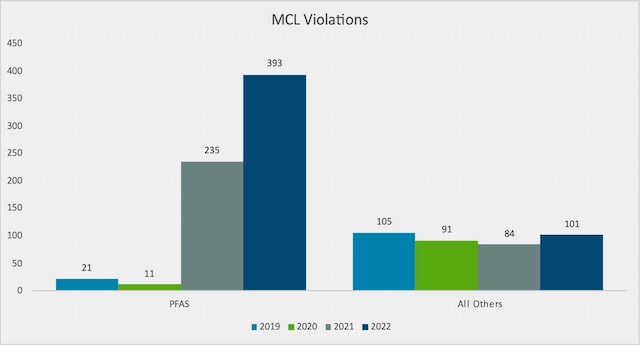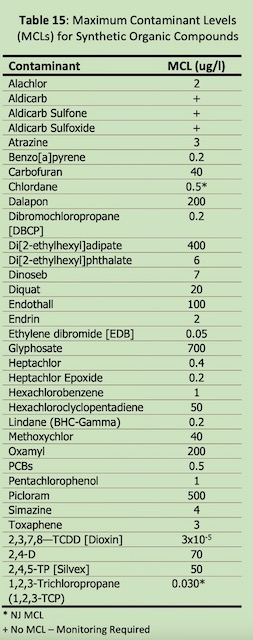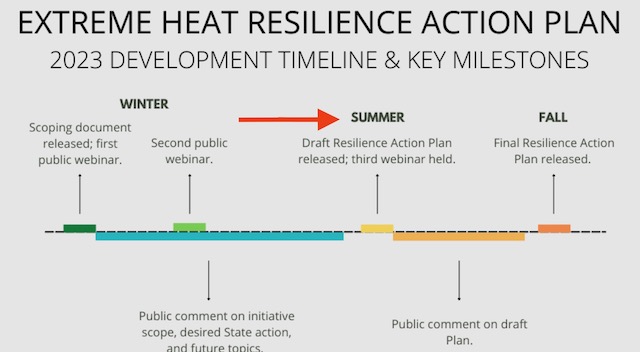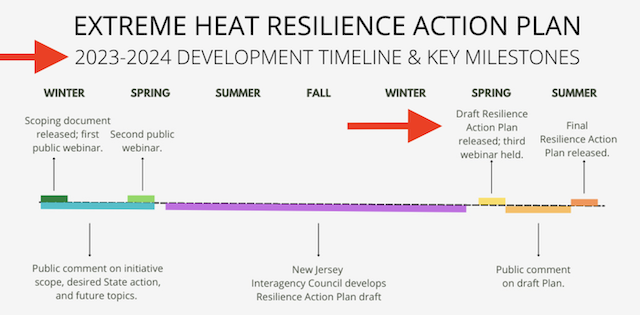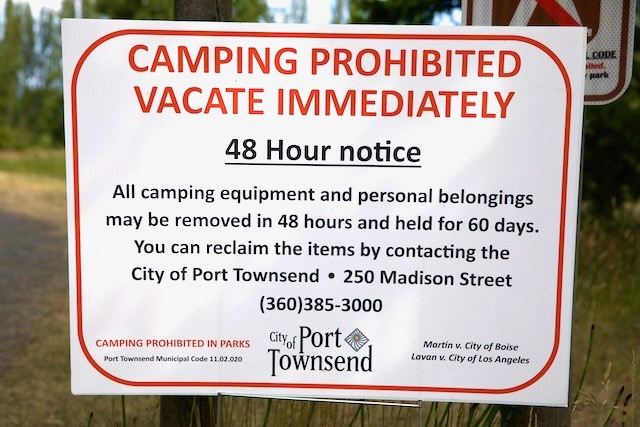DRBC Abandonment Of Adopting Water Quality Standards For Delaware Bay And EPA Assumption Of Lead Is A Disaster That Sets A Terrible Precedent
DRBC Abdicates Leadership Of Stringent Regional Planning Based Water Quality Regulation
EPA Control Will Lead To Further Delays And Weaker Standards
The Delaware River Basin Commission (DRBC) just pulled the plug on efforts to update water quality standards for the Delaware Bay required to protect important fisheries (read the DRBC Resolution that outlines the history and basis for this abdication).
The DRBC’s move is a huge mistake and undermines the DRBC’s nationally leading regional planning water resource program.
Reputational harm is just the tip of the regulatory iceberg. The DRBC Resolution concludes with this statement which signals what is really going to happen: (emphasis mine)
3. The Commission commits, effective immediately, to working with the EPA, co-regulator states, and interested stakeholders through the Water Quality Advisory Committee to develop plans, analyses, and, if appropriate, related regulations for the implementation of new aquatic life uses and criteria in the Delaware River Estuary. Implementation measures to be considered may include, but are not necessarily limited to, wasteload allocations, effluent limitations, capital improvement schedules, and variances. The schedule for completing such plans and promulgating related regulations as appropriate will depend upon the timing of completion of EPA’s rulemaking process and will be determined at a later date.
In case you missed it, let me repeat the key phrases: “promulgating related regulations as appropriate will depend upon the timing of completion of EPA’s rulemaking process and will be determined at a later date”.
The key words “as appropriate” eliminate any guarantee of any numeric standards or specific regulatory requirements.
The key words “timing of completion” and “determined at a later date” eliminate any deadline or even a schedule.
I guarantee that EPA will not meet the (unenforceable) 12 month schedule they recommended (read the EPA December 22, 2022 letter). A 12 month rulemaking schedule would require that EPA adopt regulations by December 22, 2023 (this year! Just 3 months from now!). That is an impossible deadline. And I strongly doubt that EPA will even meet the DRBC’s March 2025 deadline.
The EPA letter itself exposes the kind of routine delays experience in EPA’s water quality standards program. Check out the history:
In a letter dated August 15, 2016, EPA recommended that DRBC and its member states revise these WQS.15 EPA indicated that scientific information available at the time strongly supported the need for revised WQS and that DRBC should revise them expeditiously.
“Expeditiously”? EPA directed DRBC to act over 7 YEARS ago.
And, in case you haven’t been paying attention for the last 50 years since passage of the Clean Water Act, the US EPA has a long track record of delays and failures, especially in adopting strict regulatory water quality standards, which typically take over a decade!
The EPA, for decades, has effectively delegated the responsibility for developing and adopting water quality standards to state governments. EPA adoption of national water quality standards is an extremely slow, bureaucratic and inaccessible process.
EPA is a politicized, legalistic, inaccessible, and slow moving bureaucracy. Have you ever met with EPA water quality standards staff? They don’t hold monthly meetings in EPA HQ like the DRBC does in Trenton.
The DRBC – EPA jurisdictional and regulatory issues pursuant to the DRBC Compact (which preceded the Clean Water Act) are unique nationally and legally complex. In addition, the science in the Delaware Bay is unique as well. This complexity creates massive uncertainty – which can only mean delays. So, even without political intervention and political pressures on EPA, the pragmatic regulatory issues will force delays.
From a policy standpoint, DRBC effectively has broader legal authority than EPA, given their water supply (quantity) and regional planning powers. They have a long tradition and experience in integrating regional planning, water supply (quantity) and water quality issues, and a more professionally experienced staff and less bureaucratic structure than EPA.
Importantly, EPA promulgation of water quality standards is overseen by the EPA national WQ standards program, attorneys, the White House Council on Environmental Quality, the federal Office of Management and Budget (where cost benefit analyses are used to weaken and delay EPA standards), and the EPA Administrator (which means the Biden White House). So science based staff recommendations can be over-ruled by EPA HQ in Washington DC. EPA is totally politicized. In contrast, DRBC regulations are not controlled by CEQ and OMB politics and procedures.
DRBC is accountable to State Governors, so they are more accessible and far more responsive to public opinion than EPA in Washington.
EPA assumption of the lead guarantees even more delay and weaker standards.
With the current political pressures on EPA by Congress and the federal Courts that have recently drastically weakened Clean Water Act protections, the timing alone is a total disaster.
But the clueless NJ press corps and “green” groups fail to understand that, because they created the problem by filing the petition to EPA. Read the NJ Spotlight story where they praise this disaster they created.
The petition was a good idea in terms of generating oversight by EPA (and media coverage) to pressure DRBC to accelerate their regulatory process.
But it is a very bad outcome that resulted in DRBC throwing in the towel and giving EPA control. I wrote to let them know – see below:
———- Original Message ———-
From: Bill WOLFE <>
To: Maya K van Rossum <maya@forthegenerations.org>, “tracy@delawareriverkeeper.org” <tracy@delawareriverkeeper.org>, domalley <domalley@environmentnewjersey.org>, “jonhurdle@gmail.com” <jonhurdle@gmail.com>
Date: 09/12/2023 8:04 AM PDT
Subject: DRBC – EPA
Friends – I think you’ve made a huge mistake.
The EPA assumption of water quality standards regulatory lead over the DRBC sets a terrible precedent and it badly undermines DRBC leadership.
DRBC was granted authority to and has a long tradition of broader and more stringent regulation, backed by regional planning that is integrated with water supply (quantity). In contrast, EPA has always be slower, narrower, and more lax in their water quality programs under the Clean Water Act and they are poorly integrated with water supply and lack any regional planning dimension. And then there is public accountability – DRBC is far more accessible than EPA Region 2. And there are staff issues as well: DRBC far better than the bureaucrats in Region 2.
Perhaps worse, EPA and in particular the Clean Water Act, are under political pressures from Congress and the federal Courts, and Biden has been known to undermine the EPA Administrator (examples: the recent EPA decision to abandon enforcement in Cancer alley and the WOTUS issue).
Pragmatically, EPA will never meet the regulatory schedule they have publicly claimed rhetorically (and in a letter!). Surely you know that EPA is not bound by by law or regulation (or even politically).
The positive value in your petition to EPA was to use EPA to pressure the DRBC to move faster and adopt a strict standard, not have EPA assume the lead.
Let’s hope that this is a one off case and we can get back to the longstanding effective model of DRBC lead, with EPA playing a last resort oversight role.
You’ve made a huge mess. You should think before you act.
Wolfe
